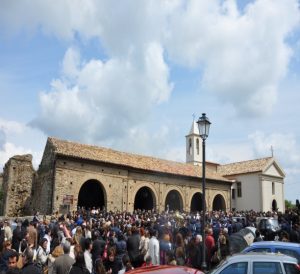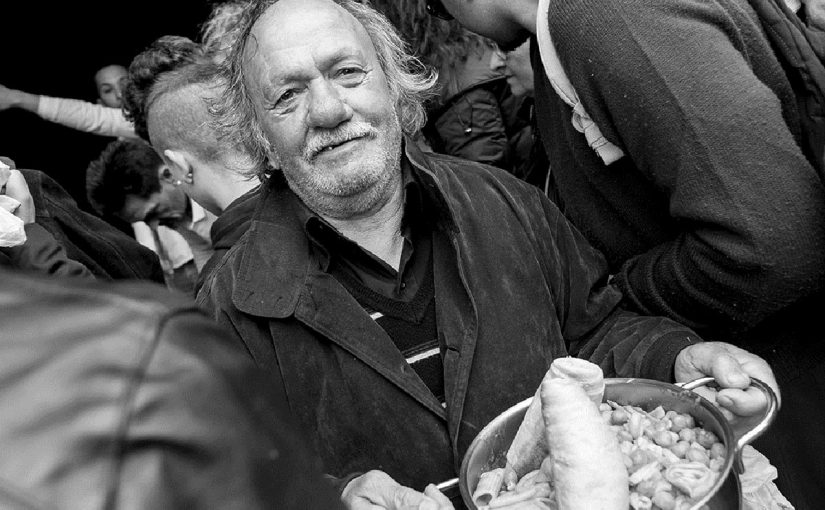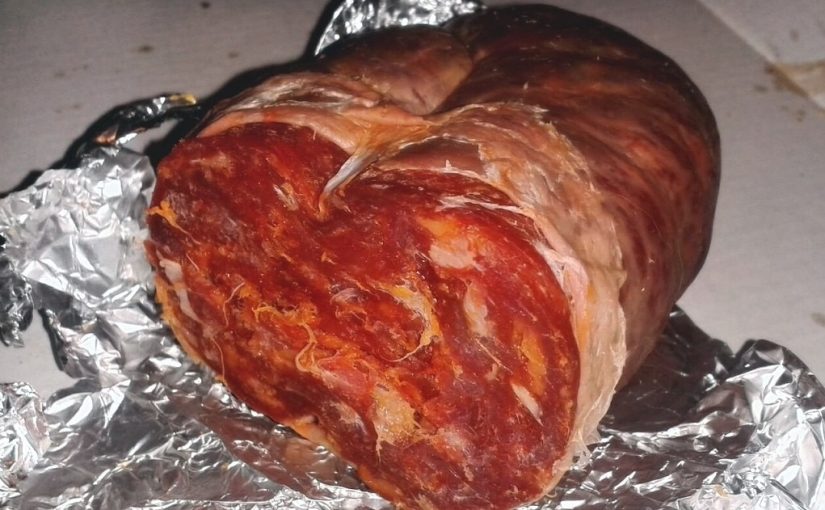15.7.2018
SHARING THE FOOD: A CELEBRATION
The “ciciarata” began some 500 years ago with the arrival of the Hermit Francesco di Paola in the town. The Saint would apparently share out food to the needy, a tradition re-enacted each spring up here on the hill. It has, needless to say, grown a little in scale since then.
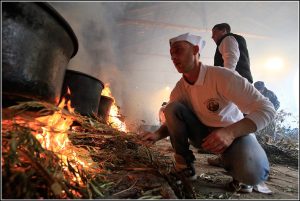
This ancient tradition reveals the true face of Calabria: food sharing.
After you first walk into the wood-smoke chaos of the feast of “ciciarata”, the midnight before the day of the celebration, you see, under a shower of fireworks, many men snapping dried olive branches over their knees, to stuff them under great cast-iron pots.
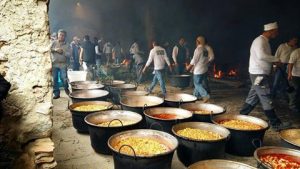
In the meantime, orange peel is thrown into the fire adding a citrus tang to the existing smell of wood, male sweat and cigarettes.
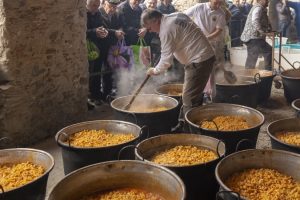
A secret recipe for a pasta “that needs to sleep” is not revealed, but at midnight the chickpeas are heated on the fire, at 3am are added the 200 kilos of tomatoes, at 5am they add the wild fennel and oregano foraged from surrounding fields, at 10.30am they start to cook the pasta and just before midday the whole thing is mixed together to the cacophonous sound of 2,000 hungry people rattling their pans.
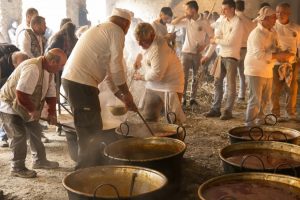
It’s an all-night, all-fiesta of carbohydrates and community spirit that will make your eyes sting and your mouth water.
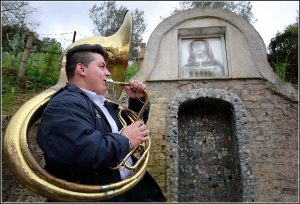
THE LOCATION OF FOOD SHARING: MAIDA
The location is an old monastery in Maida, Calabria. Every year, the whole of the Maida community gets together to stew up buckets of pasta over open fires for 12 hours, before dishing it out to waiting, shouting, pushing, grainy-faced hordes wielding their own cookware.
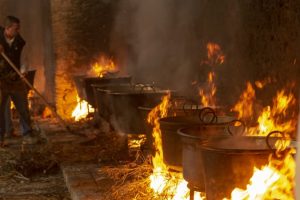
The climax is when the local priest blesses the tonnes of chickpeas and tonnes of pasta with a scattering of holy water.
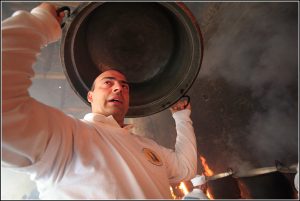
Then, the bells ring, and a smell of wood smoke coiled among the olive groves, lemon trees and cacti lining the roads.
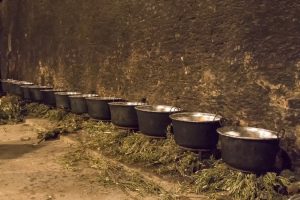
A stall beside the monastery sells limoncello from the top of a little wooden table; there are men selling belts and plastic dolls; whole families arrive with picnics and wine to drink under the trees in a nearby orchard.
